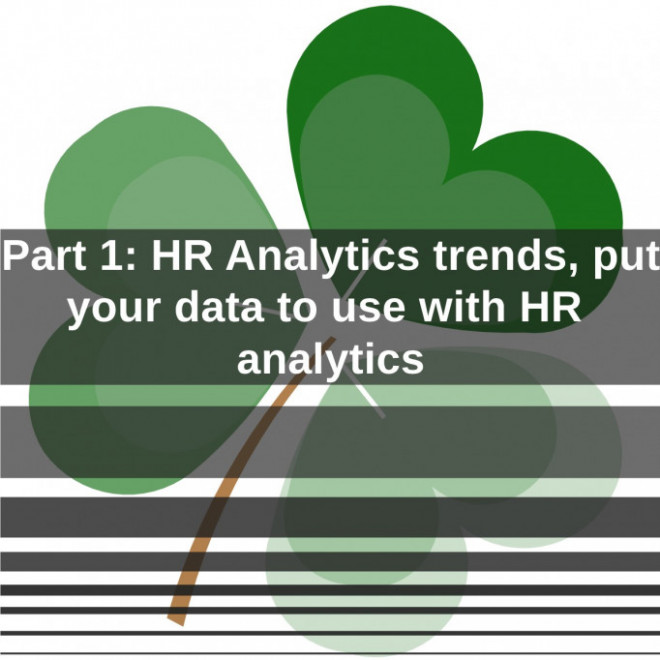HR Analytics is about analyzing the organization's problems in the area of human resources, data processing and drawing conclusions for the future. For example, can you answer the following questions.
What is the average annual fluctuation? What does losses the company incur due to this fluctuation? Do you know which employees will probably leave the company within the next year?
You can answer these questions only by using data from the resources of HR information systems. Most well-functioning HR departments will easily answer the first question. The answer to the second question is already more difficult. To answer them, you must use a combination of at least two data sources. To answer the third question, it is already required to analyze many data from various sources that are in the resources of HR departments, but sometimes also in sales or controlling.
HR departments have collected and accumulated huge amounts of employee data over the years, but these data often remain unused. As soon as HR learns to analyze your data, we will be able to talk about real-world analytics engagement as soon as possible.
How HR Analytics helps in human resource management
Just as marketing analysis has changed marketing, so HR Analytics changes the area of personnel management and allows
- making better decisions using data,
- checking the effectiveness of actions taken,
- shifting the burden of HR activities from operational to tactical and strategic for the company.
Currently, most HR departments focus on collecting employee data and creating statistical reports for past periods. From the point of view of HR Analytic, however, this is not enough. The main purpose should be to process data into information, and information in perspective analysis.
To start HR Analytics, it is necessary to combine data from various HR information systems. For example, when you combine the results of engagement research with data on (financial) results, you can measure the impact of this involvement on the implementation of tasks and goals achieved by individual organizational units of the company.
Recruitment, selection, professional development and other processes will change as soon as you start using the conclusions drawn after analyzing HR data. Thanks to data analysis, we can predict which new employees will be our best employees within 1-2 years, and who will leave our company during the year. With this information you can easily change your procedures and decisions regarding the recruitment and selection system to the right and more effective.
How to start HR analytics
When introducing HR analytics, companies usually start by asking about their key employees. Using simple statistical techniques, based on the collected data, we are able to find and prove the relationship between skills and commitment and how tasks are performed by individual employees. In this way, analytics helps, among other things, correlate such data with absenteeism, fluctuation, burnout, task completion and many other aspects.
In addition, if you have already analyzed the situation with individual employees, it will be easier for you to create the right infrastructure for jobs, promote the best and properly reward for achievements. Also, when you predicted which employees are likely to leave the company, you can get involved and introduce a more effective succession process and strategic employment planning.
The process of HR analytics usually begins with asking yourself a specific question about the problem you want to solve. Not all observations after such analyzes are equally interesting. That is why we should ask further questions about what we really want to change. We cannot change the employee, but we can change the management style and level of commitment. By asking the right questions, we go in the direction of analysis, insights and desired solutions for the future.
How does HR Analytics shape your business?
We can imagine that HR Analytics has tremendous value for the company, and highly developed analytics, in principle, measure everything that is related to human resources and their impact on the company's business results. Using comprehensive statistical models, we can properly predict the future of our demand for employees, their quantity and quality. Managers can measure the impact of HR practices and policies on business and financial performance of a company. The impact can be seen on both the cost and revenue side.
The implementation of models and algorithms necessary to explore data sets is an introduction to predictive analyzes, and these are the basis for optimization actions and simulations of testing various alternatives and scenarios.
So what is HR Analytics? This is the future of HR - not the one based on "soft" services, speculations and guesses on how to manage human resources, but the one based on processed data and able to predict and suggest the best solutions.
As Edward Deminig used to say, "Without data, you're just another person who has an opinion."


 Posted on Jul 28, 2020 by Anna
Posted on Jul 28, 2020 by Anna


